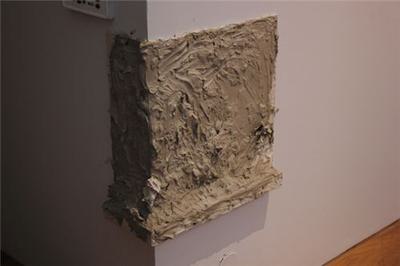a micro version of Death
By
L C Persson
2013
Linda Persson
“The image, present behind each thing and in some sense the dissolution of that thing and its continuance in its dissolution, also has, behind it, that heavy sleep of death in which dreams may come to us” -Blanchot
The attempt to build an apparatus for 'film without film' was an extension of my research into obsolete and entropic values via the image and through technologies. It was necessary to revisit Eadwaerd Muybridge’s Zoopraxiscope to emphasize the human condition in understanding postmodern living and perception in relation to our current existence within a virtual world full of avatars and immediacies. I'm particularly keen on Blanchot's idea through the text “two versions of the imaginary" where the place of the image gets discussed in relation to the object and highly questions what an image actually signifies. Is it a copy, a representation or something completely different?
The piece also came to life via an encounter with a ghost, 'The White Lady' from Haapsalu, a sister city to Haninge (where the piece was first shown). Every August during full-moon a female image appears as an illusion in the tower window of the Castle. The legend speaks of a tragic love story that ended in Death, where the young maiden was buried alive in the tower. From then on she has haunted the Castle (600 years) by appearing in the window. However, the Castle has been demolished by war a few times, and in the 1850's the tower was re-built with a particular architectural construction; to embed the legend of the White Lady, which actually creates a very early technical form of a projector- the Tower itself. So, in August, when it is full moon, the light hits the back wall, like in a retina of an eye, and reflects an illusion in the form of a female figure, which appears like a Ghost in the window.
Helping Artists Keep Going
Axis is an artist-led charity supporting contemporary visual artists with resources, connection, and visibility.








